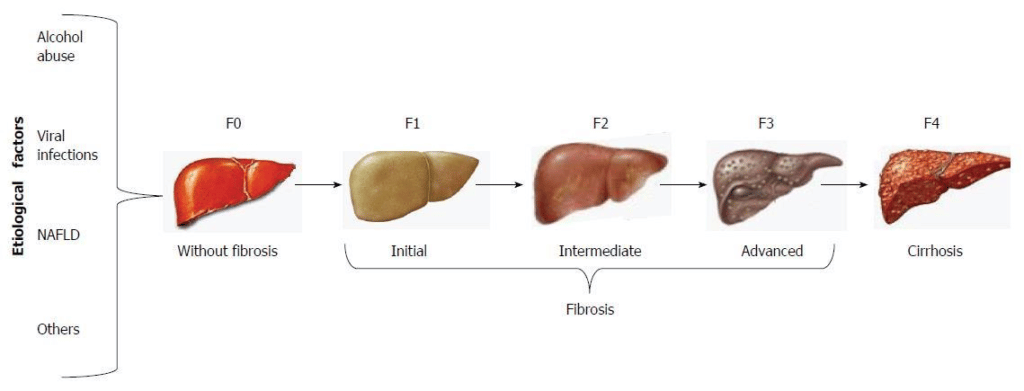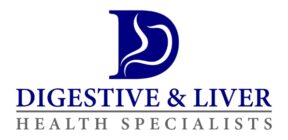The liver is one of the largest organs in the body and is located behind the ribs on the right upper side of the abdomen. The liver performs multiple vital roles for the body.
Primary functions of the liver
The liver has quite a heavy workload, including:
Energy Storage: in the form of glucose along with vitamins, minerals, and iron.
Protein formation: plays a role in protein building, including clotting factor proteins.
RBC processing: worn out RBCs are processed and replaced through the liver.
Digestion: helps digest fats and food through bile production.
Metabolism: maintains the body's metabolism and helps metabolize medicines and drugs.
Defense system: kills germs that enter the body1.
What is a fatty liver?
Fatty liver involves extra fat deposition of fats within liver cells. A small amount of fat build-up is usually asymptomatic and normal. However, large fat deposits in the liver can be problematic. Increased fat can cause hepatitis (inflammation of the liver) that may lead to scarring and cirrhosis2.

What is Steatohepatitis?
Hepatitis is inflammation of the liver, while steatohepatitis is inflammation of the liver in association with fatty liver disease. It resembles hepatitis associated with alcohol consumption but may also occur in non-alcoholics. In non- alcoholic patients, it is referred to as Non-Alcoholic Steatohepatitis or NASH. Obesity and estrogen disturbances in women can also lead to steatohepatitis3.

Causes of Fatty Liver
• Any metabolic syndrome
• Liver infections (especially Hepatitis C)
• Obesity
• Diabetes mellitus
• Alcohol consumption
• High blood cholesterol and triglyceride levels
• Pregnancy can make females prone to fatty liver as fat deposits increase in the body.
• Certain drugs like valproic acid (Depakene/Depakote), amiodarone, and corticosteroids (cortisone, prednisone) can lead to fatty liver4
Symptoms
The initial fatty liver stages are usually silent or asymptomatic. Symptoms start to appear as liver damage progresses to a severe level. All the mechanisms and functions that are performed by the liver are affected. The following symptoms can occur:
• Abdominal pain (especially on the right side of the abdomen)
• Weakness and fatigue
• Nausea
• Itchy skin
• Yellowish eyes, skin, mucosal membranes (jaundice)
• Easy bruising and bleeding from minor cuts (due to less clotting factors)
• Edematous legs and abdomen
• Breast enlargement in men
• Weakness and mental confusion due to higher ammonia levels in the blood4
Diagnosis
A detailed history is an essential factor in diagnosing fatty liver disease. Your provider may ask about lifestyle, alcohol consumption, diet, and medications.
Physical examination: to evaluate for the symptoms above and for enlargement of the liver.
Blood tests: if the liver is damaged, specific liver-associated enzyme concentrations increase in blood alanine aminotransferase (ALT) and aspartate aminotransferase (AST).
Imaging: Ultrasound, CT scan, and MRI can be used to identify any abnormality and fat deposition in the liver.
Liver Biopsy: obtaining a sample of liver tissue is also an effective tool in the diagnosis process.
Fibroscan: This is
an excellent noninvasive method of
diagnosing the
liver's health. It
can be used prior
to biopsy to
determine the
extent of fibrosis
and scarring
present in the
liver. It is a rapid
procedure that is
painless, and takes
15 minutes to complete5.

Treatment
Dietary modification and lifestyle changes are the primary goals.
• Low cholesterol diet
• Daily exercise of 30-45 mins
• Drink adequate daily water
• Maintain a healthy weight, control blood sugar levels, quit smoking, and be mindful of weight and diet during pregnancy
• Vitamin E supplementation and thiazolidinedione drugs can be considered in severe cases
Liver Transplant
is the last resort and is performed when the liver is severely inflamed and
fatty, leading to end-stage cirrhosis. Liver transplants are now a widely performed procedure
with a 90% success rate6.
Summary
Fatty liver and steatohepatitis are liver conditions that can lead to severe outcomes if allowed to persist uncontrolled. However, both conditions can be reversible, or at least manageable, under strict medical supervision.
References:
1. Kalra A, Yetiskul E, Wehrle CJ, Tuma F. Physiology, Liver. StatPearls. Published online May
9, 2021. Accessed May 5, 2022. https://www.ncbi.nlm.nih.gov/books/NBK535438/
2. Antunes C, Azadfard M, Hoilat GJ, Gupta M. Fatty Liver. StatPearls. Published online
November 7, 2021. Accessed May 5, 2022.
https://www.ncbi.nlm.nih.gov/books/NBK441992/
3. Kudaravalli P, John S. Nonalcoholic Fatty Liver. StatPearls. Published online July 19, 2021.
Accessed May 5, 2022. https://www.ncbi.nlm.nih.gov/books/NBK541033/
4. Stefan N, Häring HU, Cusi K. Non-alcoholic fatty liver disease: causes, diagnosis,
cardiometabolic consequences, and treatment strategies. lancet Diabetes Endocrinol.
2019;7(4):313-324. doi:10.1016/S2213-8587(18)30154-2
5. Wilder J, Patel K. The clinical utility of FibroScan® as a noninvasive diagnostic test for liver
disease. Med Devices (Auckl). 2014;7(1):107. doi:10.2147/MDER.S46943
6. Dababneh Y, Mousa OY. Liver Transplantation. StatPearls. Published online July 28, 2021.
Accessed May 5, 2022. https://www.ncbi.nlm.nih.gov/books/NBK559161/

